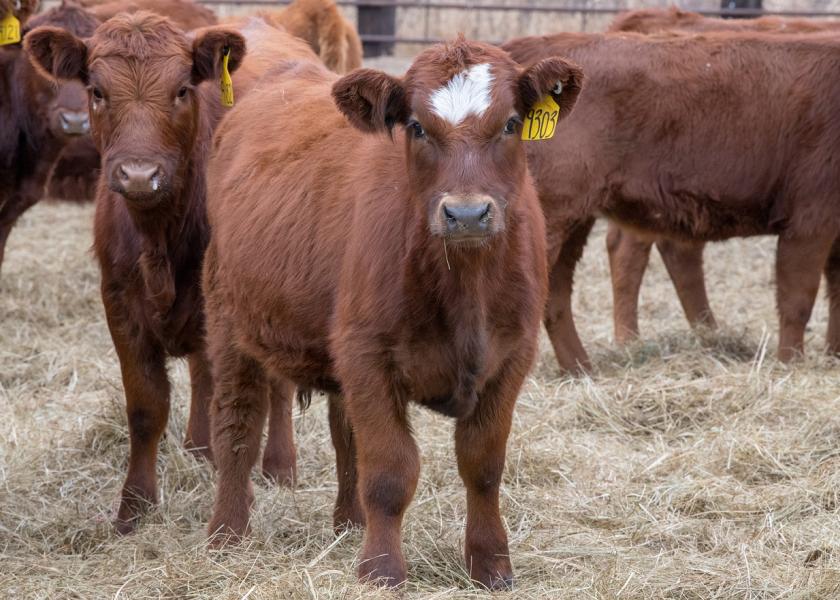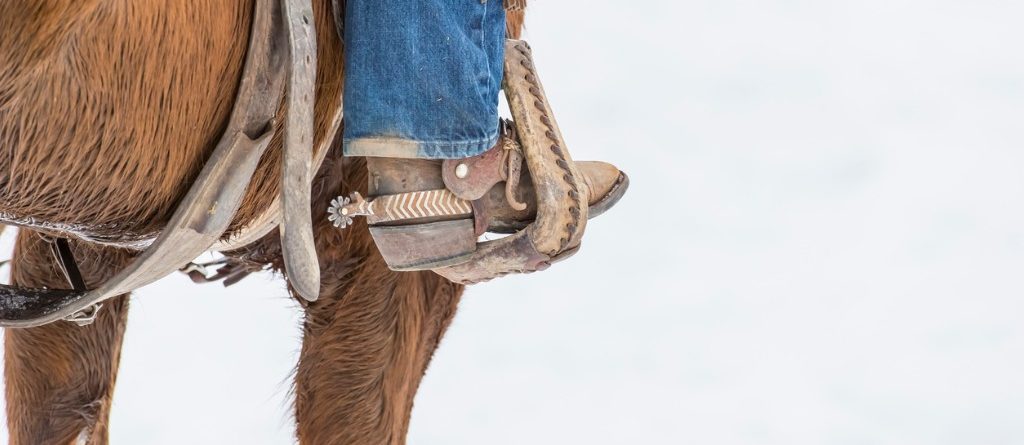The impacts of drought are leading some to re-consider marketing alternatives for calves. Lower beef cow inventories now indicate higher value of calves, yearlings and fed cattle in the future. If you have traditionally marketed weaned calves or yearlings and are considering retained ownership through finishing in order to be selling at a later endpoint (in a more favorable market), consider the following:
1. Most fed cattle (approximately 75%) are sold with price determined on a carcass value basis. How does this work? Your pen of live finished cattle are harvested, carcasses are weighed, USDA Yield and Quality Grades are assigned. Optimum combinations of Quality and Yield Grades result in more $ value per pound of carcass weights sold. Price docks occur if carcasses are too light or too heavy.
2. Owning cattle through finishing comes with certain risks: death loss, health issues, market volatility and opportunity cost on the money you have invested until marketing.
3. The cost of gain through finishing will be higher than that of running calves on grass and turning them into yearlings. The same drought impacts causing cow liquidation are impacting feed grain prices. Accordingly, feedlot costs of gain are expected to be higher in the foreseeable future.
4. If you have historically sold weaned calves or yearlings, do you have any history on how your calves have fared long-term with respect to health, death loss, cost of gain, dressing percentage, finished weights, carcass Quality and Yield Grades?
5. When you buy bulls, what is your selection criteria? In general, post-weaning growth traits are moderate in heritability. Carcass traits are highly heritable. If you have been putting selection pressure on carcass traits and/or post-weaning growth traits over the past 5 – 10 years and retaining your own females as cows, then retained ownership may be a way to capture additional profit from your genetic investment. If you haven’t, or you don’t know the answers to question 4, I advise caution with deciding to retain ownership through finishing for the first time just because future market conditions look favorable.
Source: By Mark Z. Johnson August 10, 2022, Drovers
Photo: University of Nebraska-Lincoln








